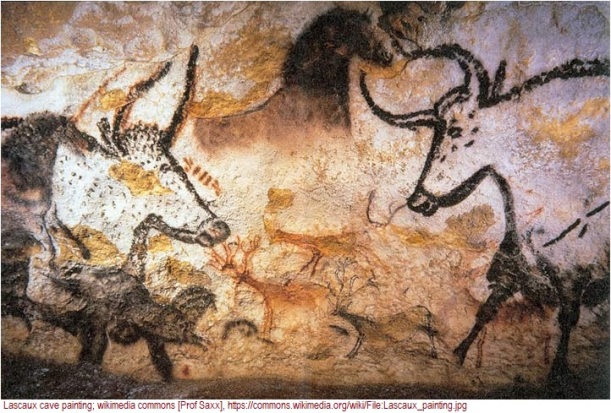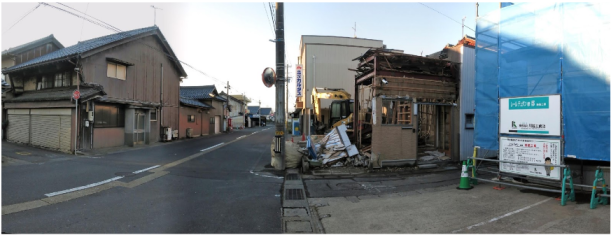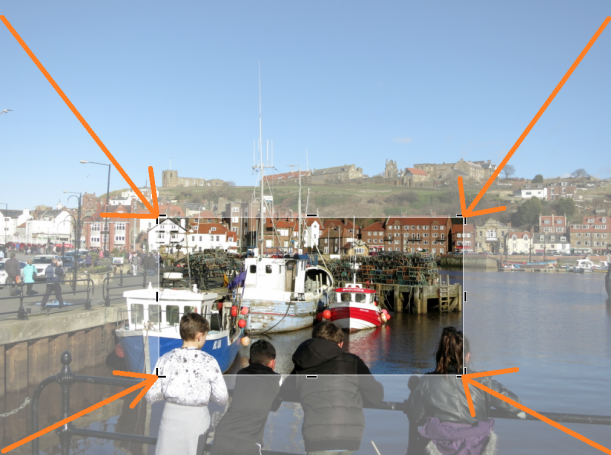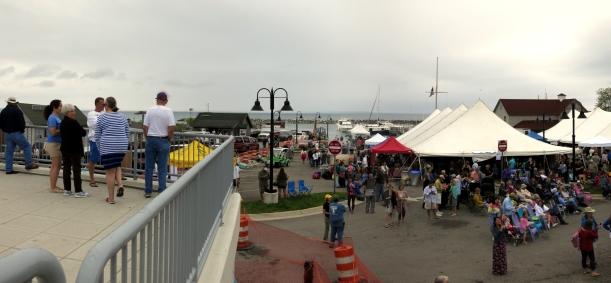At the moment in 2020 would-be visual documentarians are spoiled for choice when it comes to audio and visual gear and the infrastructure for online telecommunication, distribution, and publishing to the world.

Making a checklist is a good way to start organizing a list of shots (still and/or moving pictures). So this illustration points to that tool. But it can also serve as an illustration metaphorically of the way to conceptualize the project of capturing the key elements and processes of a place and time, not as a frozen moment, but as a complicated organism of many sides in dynamic equilibrium at the scale of individual lives, organizational activity, and annual cycles that give shape to the experience of being there.
In particular, some documentaries define their subject like the row(s) of this grid, dwelling on a protagonist or two to produce portraits of “whole” persons in the round, seen from many sides and in different contexts of their cultural landscape and social arenas. By contrast, with over 50 documentaries, the long list of projects by Fredrick Wiseman takes the lateral point of view. His work looks at the subjects sideways, filming across the columns to show many different points of the larger place, rather than dwelling extensively on individual parts of the whole. For instance his 2018 look at the small Indiana town of Monrovia, famous for its state champion basketball high school team and coaches, among other things, includes segments gazing at cars driving along city streets, wind blowing among the corn stalks, lines of houses and the exteriors of many businesses.

The interior scenes have many “fly on the wall” recordings of conversations in shops, civic clubs, along with routines like medical care, hair cutting, grocery shopping, music class in high school, and so on. There is no omniscient narrator to give the final word about significance or historical processes, although some commentary (soliloquies?) by individuals alone to the camera or in conversation to another person, do refer to earlier times and to future plans.
Each approach has strengths and weaknesses. The silo approach (confined to one or two columns of the grid, above), emphasizing a person or organization as the main character to chronicle with lesser attention to the wider context and to the parallel or intersecting persons and organizations. This approach gives a lot of detail, allowing viewers to feel as though they know the person or the organization in some ways. But the narrow approach means that other persons and groups are not given as much attention and so those remain flat, featureless, and unknown by comparison. And the interaction, structures and process that create a kind of chemistry between all the moving parts in the society or event receive relatively little illumination.
On the other hand, the lateral approach (capturing a little of the subjects from each column, going laterally along one or two rows, above) offers a wide-angle or composite, quilted picture of a place and time. What it lacks in depth it makes up for by recording multiple perspectives and circumstances to form a much bigger picture for the viewer. In Wiseman’s Monrovia, for instance, many residents who watch the movie are likely to learn a lot about their own town and the people in it, since the person’s own habits and daily life is likely never so wide-ranging and comprehensive as Wiseman’s own shot list and his final editing for theatrical release. And if residents themselves see more than ever they knew of their own environment, then distant viewers also will gain a wider glimpse of the small town society than would be possible as a tourist just passing through.

Perhaps there is a happy medium between the silo approach and the lateral approach. But what would that shot list look like; and what would be the effect once edited for wide audiences, not just insiders and locals, and not just social science experts. Operationally and practically speaking, the project would have to take both approaches in parallel, collecting human interest, biographical depth at the same time as gathering at wide set of contexts and conversations among the many demographic segments comprising the place. Once the editor had both depth and breadth of clips to work with, then comes the time for hard decisions to balance the multiple voices and perspectives on a subject with the life-story of a few people there. Judicious editing to produce a steady drumbeat of rhythm need not be longer than either the silo approach or the lateral approach all alone. Less experienced editing would just go on adding more and more until the final result is too long for viewers to sit still without interruption. But organizing “the” story of a place (acknowledging to viewers that this is but one version of events and elements found there) masterfully, by time order or by theme and settings, should be able to move the story forward by letting some of the clips do double-duty, adding detail for one of the main characters while also giving a piece of the larger (lateral set of sites) puzzle being put together.
In the end, what could the viewer experience be after watching a documentary for an hour or two of a place and time (White Plains, NY in 1971 or Durango, CO in 2002 or Moscow, ID in 2037)? Residing there for a week or two as a visitor might produce vivid memories of the signature smell, look, and sound of a place and time. And some diligent searching in the local library for old photos and histories could populate the cultural landscape that the visitor explores. But these things take some planning and expense; nothing like simply sitting down to watch a skilled documentary maker present her or his work on a screen.
The viewer experience of the silo approach gives rare sights and conversations or interviews, but the larger picture is left out of the frame mostly. And the viewer experience of the lateral approach gives an overview, built from numerous small segments, producing something like a God’s eye point of view; access to what seems like all moments and locations, both public and private –but not to a deep extent. But combining these two approaches, the experience of a person who views this way of documenting a place and time will have both a few moments of depth and clarity as well as a few moments of overall wide view. The projects broadcast from Ken Burns and Lynn Novick mix these personal moments and larger historical currents and imagery, although their scale tends to be national and international, rather than the contexts closer to the local level that directly surround those featured characters.
Why does the approach (silo, lateral, hybrid) matter to viewers and the larger pool of documentary tradition? People who capture their own ethnographic places and times are critical consumers of non-fiction portraits of lives well or poorly lived. So they care about reducing weak methods and strengthening well focused ways of communicating to audiences now and for viewers in the future. But less specialized viewers also benefit from improved, representative, insight-filled mirrors of themselves being held up for close consideration by fellow inhabits of a time and place (and for the benefit of future generations curious about this moment and its people). The benefit of documentaries that give depth, but also give the many experiences and perspectives of people there comes from enlarging one’s own awareness, curiosity, and knowledge of things unfamiliar before having seen the movie. As a result of the documentary their own humanity is enriched and their ability to appreciate the lives of those on-screen whose life experience is unlike their own, also, grows larger and deeper. Therefore seeing is believing; watching is understanding; and to understand is to resonate with, at least in small degrees.




